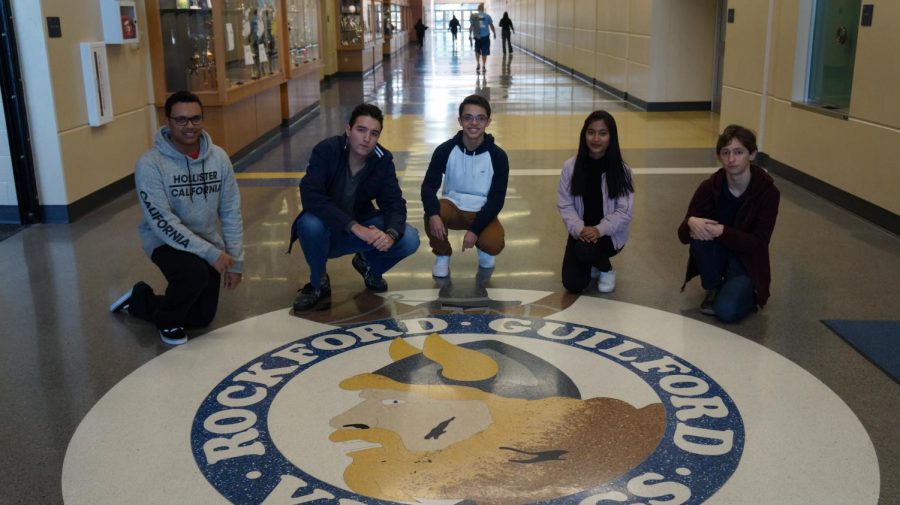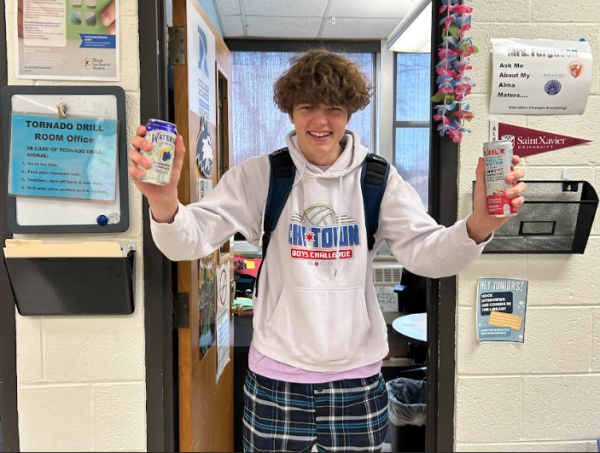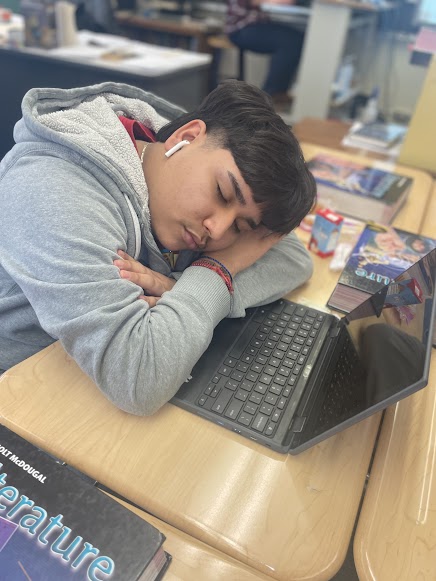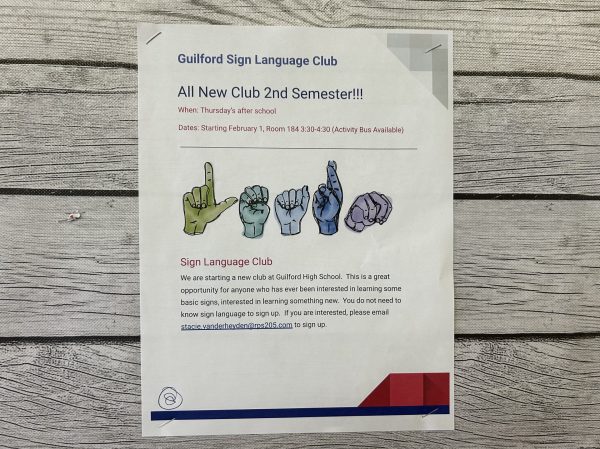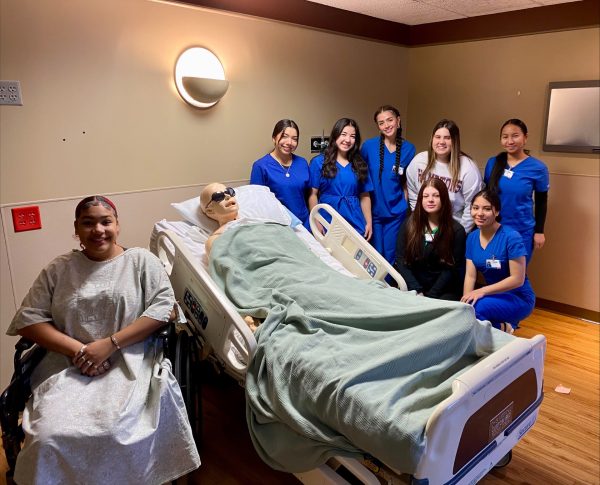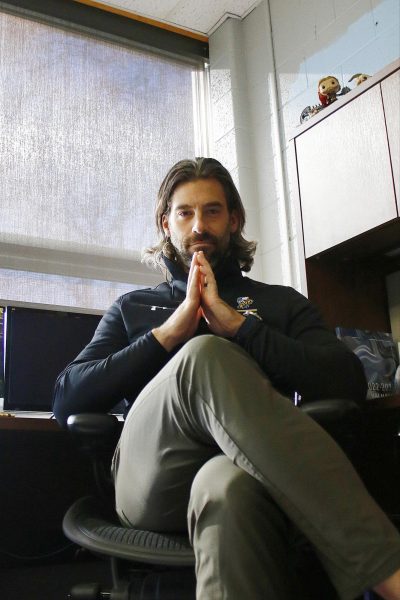Lost in traslation
Foreign exchange students get the American experience as Guilford Vikings
January 2, 2018
On average, 73,000 foreign exchange students come from all around the world to spend a semester or year living in America. (According to usatoday.com) This school year, Guilford has welcomed six foreign exchange students from four different countries including Germany, Brazil, Vietnam, and Serbia.
Most foreign exchange students come through programs and are matched with an American family for housing and hosting. These students have restrictions on speaking their native language and calling home to help them work on their English skills and homesickness.
“The first month I got homesick every morning, and it’s not because I didn’t like my host family, but the time difference,” said Nele Wisch, sophomore from Germany. “I would wake up and everyone would be going to bed at home. But when you get to school and meet people, and get into a rhythm, it gets easier.”
In addition to dealing with homesickness and adjusting to a new time zone, foreign exchange students have to start their social scene from scratch not just as a new student, but also a foreigner.
“I was a little scared that I wouldn’t meet any new people. But I just talked to people, and somehow people heard I was from Germany,” said Wisch. “I think the best way to meet people is to join a team or club, like I joined the dance team.”
Each foreign exchange student works with their counselor, Mrs. Donna Pauley, to create class schedules that align with their requirements and interests.
“Our foreign exchange students typically come early September after school has started, and we put them in classes. All of them have to take U.S. History,” said Mrs. Donna Pauley, HPS and foreign exchange student counselor. “We are also a little more flexible with adding or dropping classes for foreign exchange students, depending on their English levels,”
The American school system varies drastically from school systems all over the world. Some schools have block scheduling and vary in courses and activities available to students. Traditionally, public schools in the U.S. have sports and extracurricular opportunities to students that other school systems might lack.
“There are a lot more opportunities here in choosing your classes,” said Jacobo Campos, junior. “In Spain we had to pick a group of classes, and they weren’t flexible with what you wanted. We also didn’t have any sports or clubs. The school here is more involved than in Spain.”
In addition Guilford students come from varying backgrounds and ethnicities. The Viking family is generally welcoming of different cultures.
“I like that there are so many different types of people, it’s very diverse. People here also don’t care so much about how they dress and look, no one cares. People here have been really nice,” said Jacobo.


